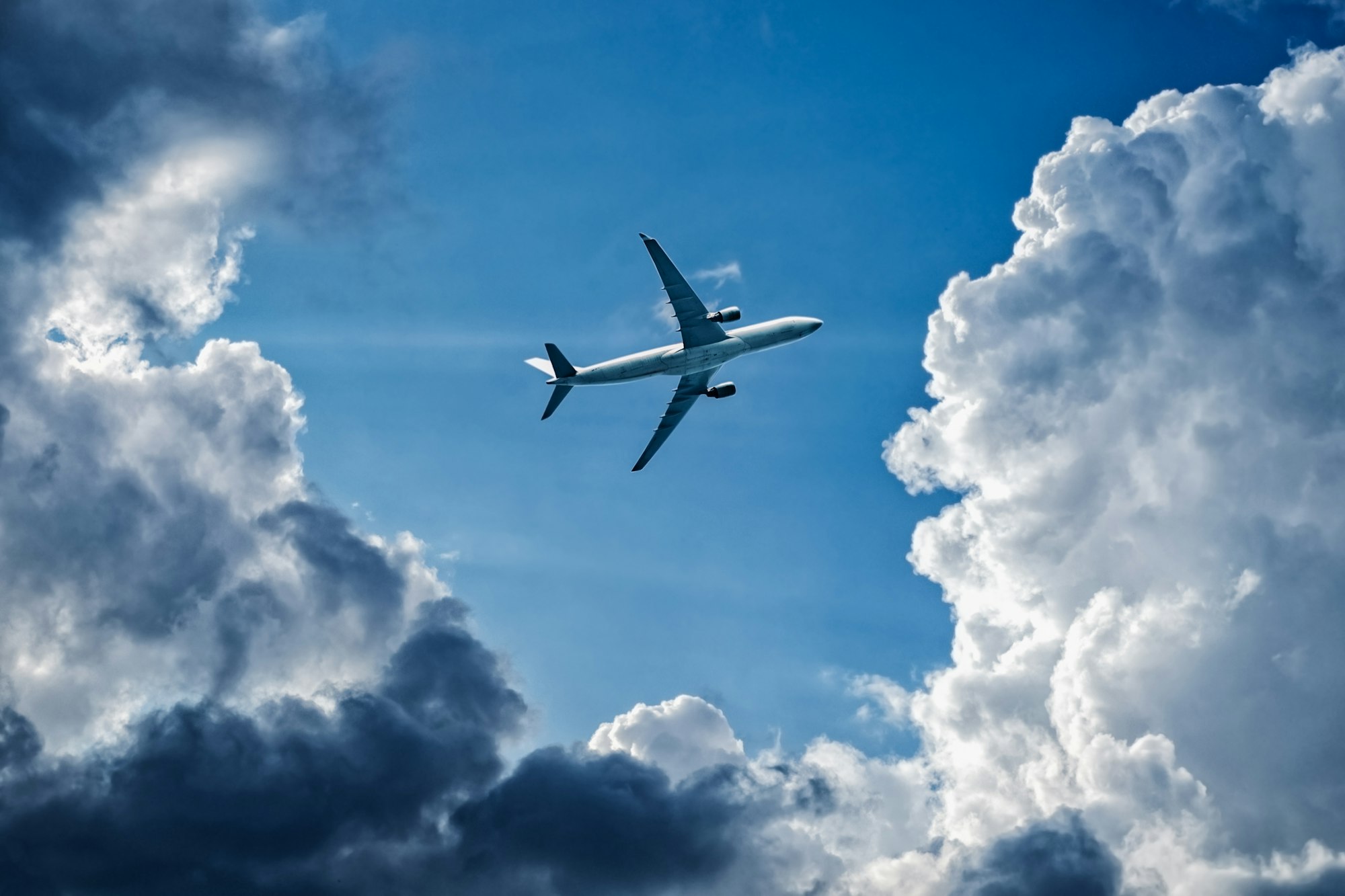Introduction to Flight Turbulence
Flight turbulence is a familiar experience for anyone who has traveled by air, marked by unexpected shakes and bumps that can stir anxiety among passengers. This guide aims to demystify the phenomena of turbulence, exploring its causes, the implications for air travel, and the rigorous safety measures in place to protect passengers.

Unveiling the Causes of Turbulence
The Dance of the Atmosphere
The primary catalyst for turbulence is the natural dynamics of air in our atmosphere, influenced by:
- Jet Streams: These high-altitude air currents can shake up a flight as planes pass through them.
- Weather Fronts: Boundaries between air masses, especially during storms, are turbulence hotspots.
- Mountain Waves: Air flowing over mountains can cause turbulent patterns on the downward side.
Thermal Turbulence
This type of turbulence springs from the uneven heating of the Earth’s surface, leading to vertical air movements. Desert overflights are particularly notorious for rough rides due to thermal turbulence.
Clear Air Turbulence (CAT)
CAT is the stealthy cousin in the turbulence family, occurring without any visual cues like clouds and mostly found at higher altitudes. It’s often spawned by:
- Jet Streams: Variations in wind speeds within these streams can abruptly disrupt a smooth flight.
- Atmospheric Pressure: Sudden changes in pressure create pockets of turbulent air.
Wake Turbulence
Generated by the aircraft itself, wake turbulence arises from the vortices at the wingtips, affecting following aircraft, particularly during takeoff and landing.
Turbulence: A Cause for Concern?
Fortified Flying Machines
Modern aircraft are engineered to weather significant turbulence. They incorporate:
- Robust Airframes: Designed to endure extreme stress.
- Advanced Avionics: These technologies assist pilots in navigating through rough patches.
- Passenger Restraints: Seatbelts and secure cabin fittings help mitigate injury risks during turbulence.
Mastery in the Cockpit
Pilots are rigorously trained to handle turbulence effectively. Their strategies include:
- Detection and Evasion: Employing radar and other aircraft reports to avoid turbulent zones.
- Mitigation Tactics: Altering altitude and speed to smooth out flight experiences.
Role of Passengers
Passenger safety is also enhanced by:
- Adherence to Guidelines: Observing seatbelt signs and crew instructions.
- Minimized Movement: Staying seated during turbulence reduces the chance of injury.
Emotional Impact of Turbulence
Though turbulence is typically harmless, it can be a significant source of stress for travelers. Understanding its origins and the protective measures airlines employ can help calm nervous flyers. Airlines also play a part by reassuring passengers and offering information to foster a sense of security.
Conclusion
Turbulence is an integral part of air travel, driven by complex atmospheric interactions. With state-of-the-art aircraft and seasoned pilots, the aviation industry ensures a high level of safety for passengers, even in challenging conditions. By grasping the underpinnings of turbulence and adhering to safety protocols, passengers can face their flights with confidence, knowing they are in capable hands.
This guide not only clarifies the nature of flight turbulence but also equips passengers with knowledge and strategies for a safer, more comfortable journey through the skies.

Frequently Asked Questions About Flight Turbulence
1. How can I reduce my anxiety caused by turbulence during a flight?
Feeling anxious about turbulence is completely normal, but there are ways to ease your fears. First, understanding that turbulence is a common, natural occurrence during flights and that planes are built to handle these conditions can be reassuring. Listening to calming music, practicing deep breathing exercises, or using meditation apps can also help soothe your nerves. Don’t hesitate to inform the cabin crew about your anxiety; they are trained to help make your experience more comfortable.
2. Is there a safer place to sit on the plane to avoid feeling turbulence?
While turbulence can be felt throughout the aircraft, the ride tends to be smoother at the front of the plane or over the wings. These areas are closer to the plane’s center of mass and generally experience less movement compared to the back. Choosing a seat in these areas might help if you’re particularly sensitive to bumps.
3. What should I do if I find myself in a turbulent flight?
The best thing to do during turbulence is to stay buckled up. This is the easiest and most effective way to keep yourself safe from any sudden movements. Try to stay calm and trust in the training and expertise of your pilots and flight crew. Remember, they are professionals who handle these situations regularly. If you need reassurance, feel free to call a flight attendant; they can provide support and keep you informed about the situation.
Sources The Guardian


